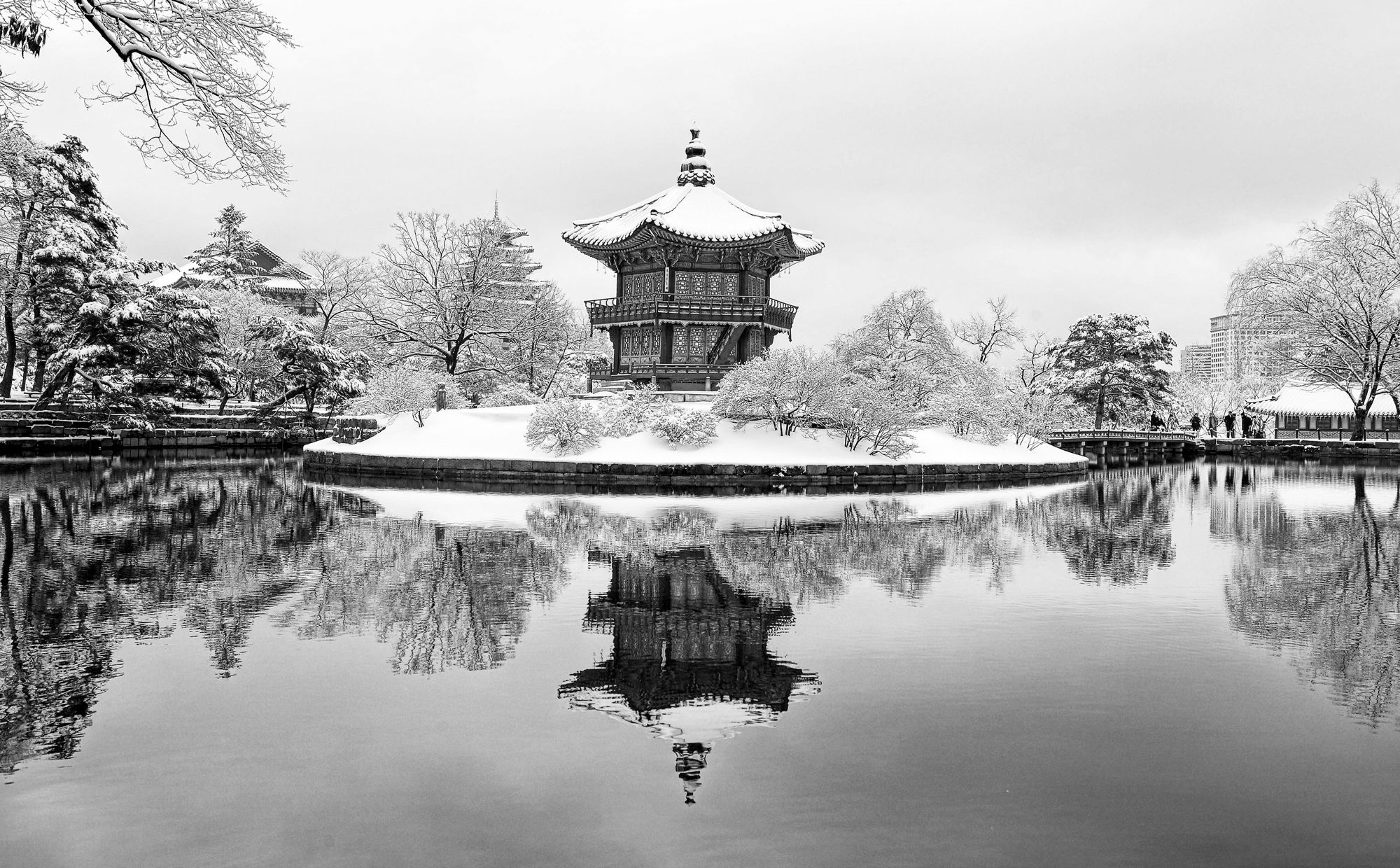Traditions should not only remain in the past, but should be a flow from the past to the present and from the present to the future. Modernizing the legacy of tradition, Yu-gi, should not be the work of restoration or revival to honor and meditate on the past, but the most widely used in our real life to suit our present environment based on the wisdom and experience of the past. Yu-gi now has a long history but its use has declined much compared to the past due to limitations that are out of step with the times. The project focused on the re-emergence of the perception of "yu-gi is the healthy tableware" as something that should be shared with people who value philosophical consumption rather than rational consumption through healthy production processes of brass, an eco-friendly material with excellent antibacterial and sterilization, or family health, and even the healthy value of the environment, in their lives. In addition, the experimental approach of actively discovering modern wear and tear rather than penetrating the consumer from the outside is expected to enhance accessibility to those who have not been interested in yu-gi or who have had a bias against yu-gi. The best way to find and capture the value that modern people clearly demand, to explore the diet, and to find out the size of the dishes consumed in the market, among other things, the rice bowl. A bowl that can hold 680 ml of rice in the 1940s will be halved to 370 ml in the 1990s, and is used in a 190 ml standard, another half of its size, in 2013. In fact, a growing number of customers are looking for smaller dishes in the market, indicating that the habit of eating less healthily has become a social setting. The project took precedence over the value of “Smaller and Little less."


Muyoung
Muyoung, which was conceived from a reflection that is symmetrical above and below the water, is made by extracting elements of a simple line from the shape of a pavilion on an octagonal roof, meaning that there is no shadow. It is also made of 190ml capacity inside and has a polishing finish. An interesting feature is the difference between the exterior and the interior. The difficulty of production in knowing yu-gi is quite a form. Also, unlike other lids, the lid is integrated with the body and has a concise feature, as it begins with an upward curve that extends outward from the body, creating a very easy form to grasp.
Area
Anseong
—
Material
Bronzeware(Copper 78% + Tin 22%), Wood(Lacquerware)
—
Size
Ø 88 x 65
—
Producer / Design
Auroi
—
Making
No. 77 Intangible Cultural Property of Brassware Making (Yugijang)
No. 113 Intangible Cultural Property of Lacquerware Making (Chiljang)